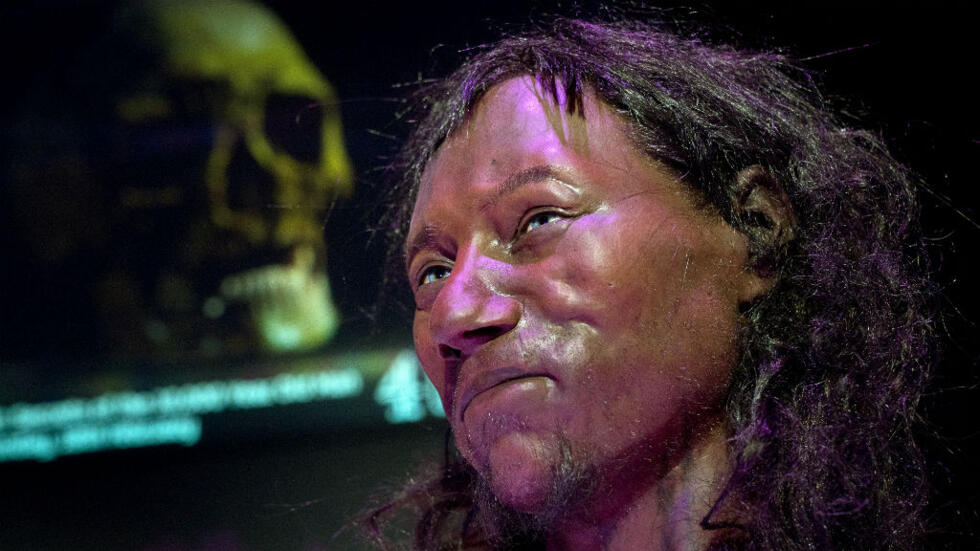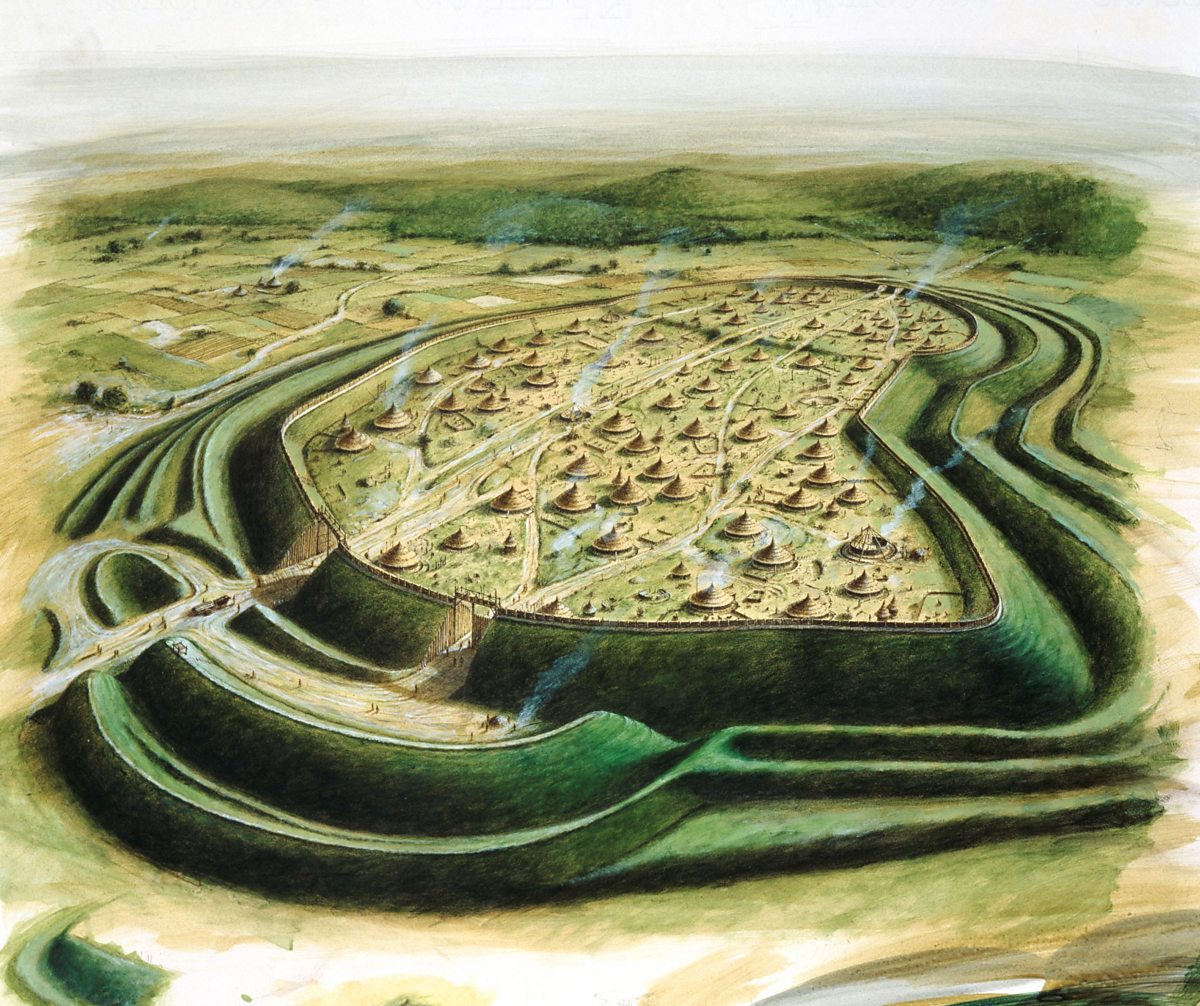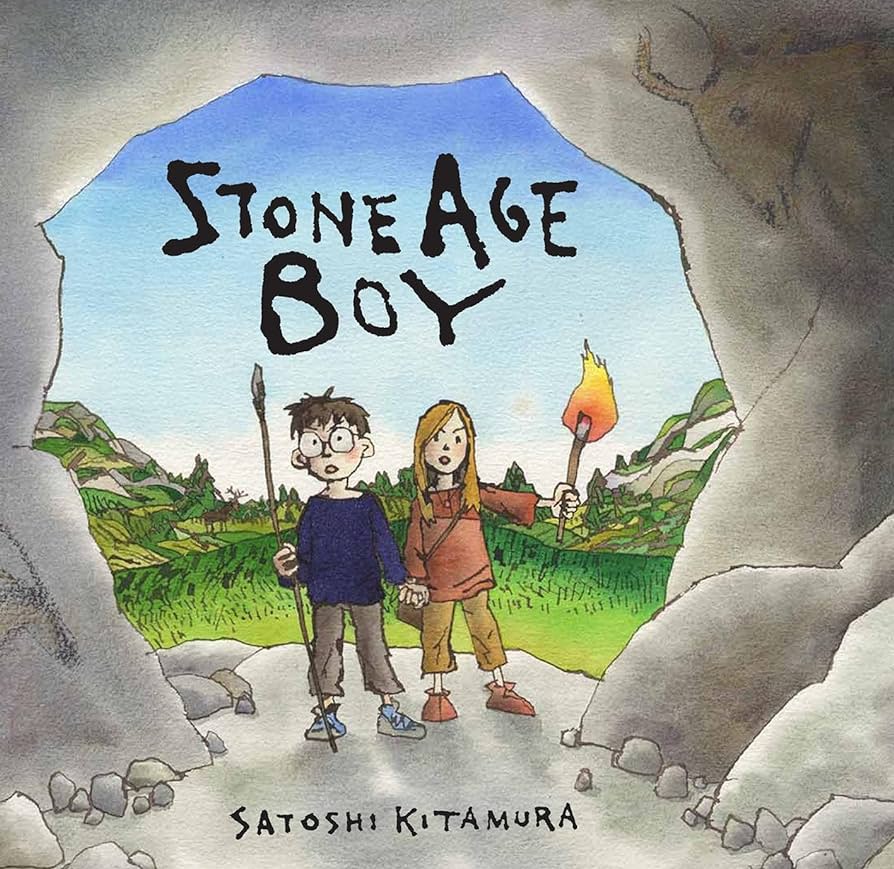In this Spring term, Y4 have been learning about prehistoric Britain in our latest History topic of Changes in Britain from the Stone Age to the Iron Age. We have looked at how early humans first developed stone tools, perfecting their craft and creating simple yet powerful tools that were ideally suited to the harsh and ever-changing environments of prehistoric Britain. Then we learned about how as technology developed and we began using metals such as bronze and later iron, how this changed the way our prehistoric ancestors lived and interacted with the world around them.
We have been learning about how we are able to know anything about this time when we do not have any written records. The children have explored how different artefacts can tell us more about the past but that they often provide us with more questions than they do answers. We have been particularly interested in learning about a skeleton discovered from the Mesolithic period that has been nicknamed the Cheddar Man. The Cheddar Man was a Mesolithic hunter-gatherer (fully modern human) with dark skin and blue eyes. He was about 166 centimetres tall and died in his twenties over 10,000 years ago. Scientists have been able to discover incredible things about him, including the fact that as at the time humans had not yet begun farming, he was lactose intolerant.
We then looked at the cave art left behind from the Stone Age which has been found in different countries. Using charcoal and oil pastels, we created artwork inspired by cave paintings.
We learned that the Bronze Age followed the Stone Age and is the time that metal was first introduced to Britain and people began living in roundhouses and wearing clothes spun from wool. By the end of the Neolithic period, many people had begun to live on small farms in a contrast to their nomadic origins but when bronze arrived, they were able to clear more land. It is believed that it was the Beaker people (amongst others) who brought this new skill and knowledge with them from mainland Europe, transforming Britain’s landscape as larger farms meant that the land could support a much greater number of people. This later developed further when iron was discovered and their tools improved leading to increasing tribal attitudes which meant that early Britons began building hillforts to defend their animals and accumulated wealth.
To help reinforce this knowledge, In English we have been reading Stone Age Boy an illustrated children’s book by Satoshi Kitamura. The story follows a boy who trips over in the woods once day and finds that he has fallen down, down, down into the past and into the time of the Stone Age. We have been writing diary entries and developing our descriptive writing and wrote our own Stone Age Boy inspired stories.
The children have really enjoyed learning about this topic, and it has sparked excellent debates and discussions about the past.



